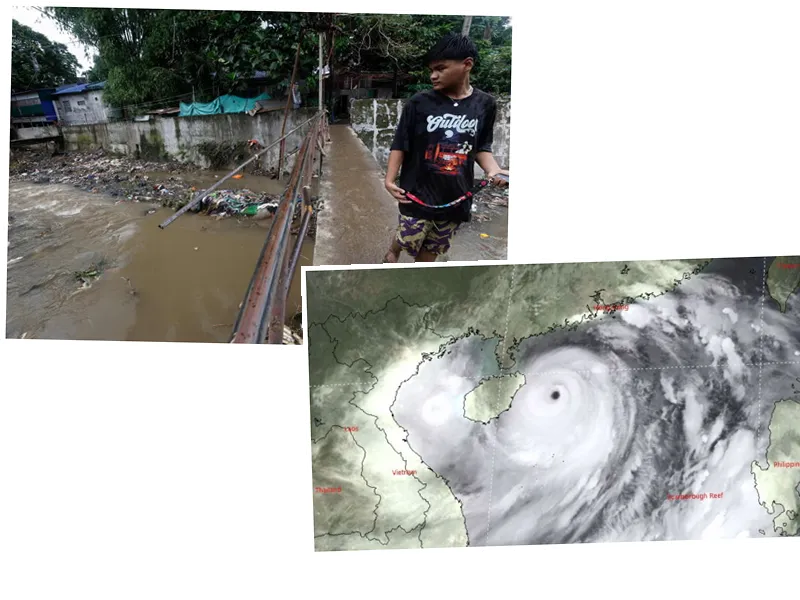Typhoon Gaemi Hits Taiwan with Devastating Force
As Typhoon Gaemi approaches Taiwan, the island braces for what is being described as the most powerful storm to hit in eight years. With winds reaching up to 240 km/h and torrential rains already causing fatalities, the Taiwanese government has implemented emergency measures, including the evacuation of over 8,000 residents from high-risk areas. Tragically, the storm has already claimed two lives and injured nearly 200 people.
Emergency Measures and Public Safety
In response to the impending disaster, Taiwan has declared a non-working day, closed schools, and suspended stock market activities. President Lai Ching-te has urged citizens to prioritize safety, emphasizing the need for cooperation to mitigate the storm's impact. The government has also canceled military exercises and temporarily halted train and ferry services, with hundreds of flights canceled as a precautionary measure.
Regional Impact and Climate Change Concerns
Typhoon Gaemi's effects are not confined to Taiwan. The storm has already impacted the Philippines and Japan, with reports of flooding and landslides leading to multiple deaths. Experts warn that climate change is intensifying these storms, making them more powerful and frequent. Authorities in China are preparing for the storm's arrival, issuing red alerts and suspending train operations in affected provinces.
- The situation in the Philippines remains dire, with heavy rains causing widespread flooding in Manila and landslides in nearby provinces. Local authorities are on high alert as they monitor the La Mesa Dam, which is nearing critical capacity. In Japan, residents in Okinawa are being advised to exercise extreme caution due to the threat of strong waves and flooding. As global warming continues to influence weather patterns, scientists predict that future storms will exhibit increased intensity. Reports from the IPCC highlight that cyclones could become 5% stronger on average, with a 14% rise in the occurrence of very intense storms. This trend raises significant concerns for regions frequently affected by tropical weather.





